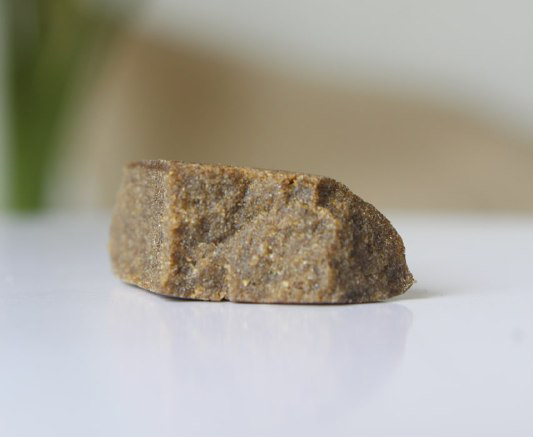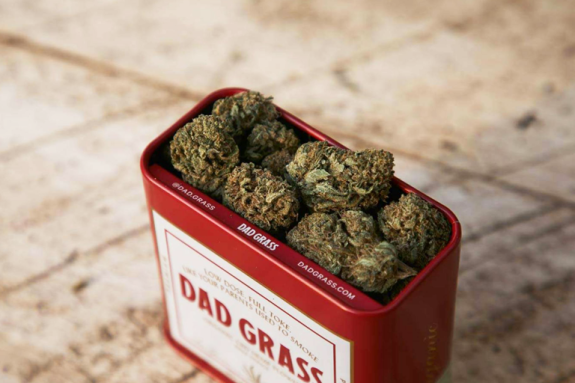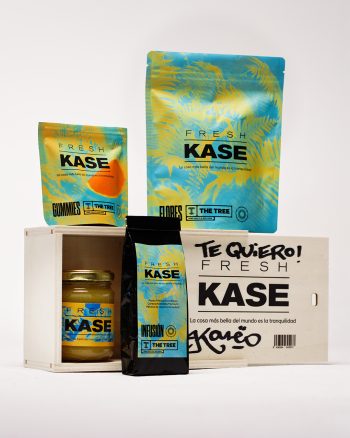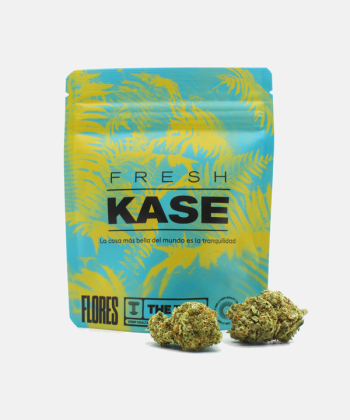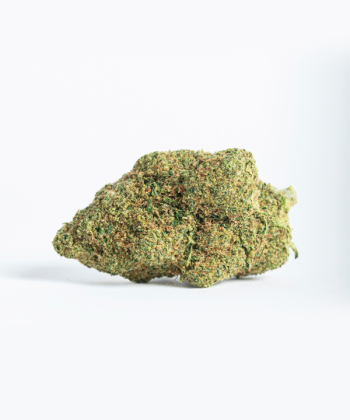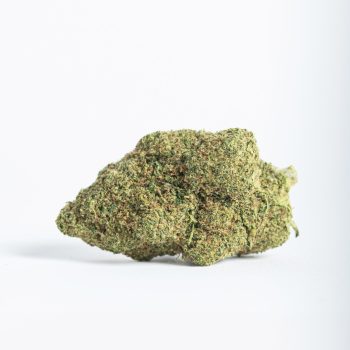There are two main types of cannabis extractions: mechanical and chemical. As their names indicate, some are obtained by mechanical processes that separate the trichomes or cannabinoids from the flowers, and others by chemical processes that isolate the cannabinoids and terpenes.
The best known mechanical extractions are dry sift, ice-o-lator and rosin. On the other hand, the best known chemical extractions are BHO, RSO and supercritical CO₂ extraction.
In recent years, interest in cannabinoids and terpenes in cannabis has experienced a remarkable boom, largely driven by advances in research and the growing trend of cannabis legalisation in various regions of the world.
Cannabinoids, such as THC and CBD, as well as terpenes, which influence the aroma and taste of the plant, are key compounds that have attracted the attention of both the scientific community and the cannabis industry.
In this article, we will explore the wide variety of extraction techniques used to obtain cannabinoids and terpenes. We will start by detailing mechanical extractions, such as dry hash or buble hash. Afterwards, we will focus on chemical methods such as carbon dioxide extraction (CO₂), butane/propane extraction (BHO) and ethanol extraction.
If you are interested in learning about the various ways in which cannabinoids and terpenes can be extracted, this article will provide you with a comprehensive overview of cannabis extraction methods and their current applications.
Exploring Mechanical Extractions
Mechanical extractions use physics to separate the precious cannabinoids and terpenes from cannabis, i.e. they do not use chemical solvents. Among the most well-known are dry sift or dry hashish, ice-o-lator or water hash and rosin. Each of these extraction methods has its own singularities and brings unique characteristics to the resulting extracts.
- Dry sift: This method is based on sieving the cannabis flowers to separate the trichomes from the plant matter. The technique uses meshes of different sizes to filter the particles and retain the trichomes, producing a high quality pollen known as kifi or dry hashish.
- Ice-O-Lator: Ice and water extraction is the foundation of this technique. By immersing the flowers in cold water, the trichomes become brittle and separate more easily. The resulting mixture is passed through screens, allowing the collection of pure trichomes, resulting in a product known as bubble hash or ice-o-lator.
- Rosin: This is a technique that has gained popularity in recent years. It involves the application of heat and pressure to cannabis flowers, usually using a specialised press with metal plates that are heated to the required temperature. This process extracts high quality resin, dispensing with the use of solvents.
What are chemical extractions and what types are there?
Now, let’s move on to chemical extraction methods, which involve the use of solvents to isolate cannabinoids and terpenes. These processes allow for greater precision in extraction and a higher concentration of specific compounds.
- BHO (butane hash oil): this technique uses butane as a solvent to extract cannabinoids and terpenes from cannabis flowers. Although it is very efficient and can achieve extractions with high cannabinoid percentages easily exceeding 60%, safety is a critical consideration due to the flammability of these gases.
- RSO (Rick Simpson oil): Named after Rick Simpson, the person who popularised it, this method uses ethanol as a solvent to obtain a highly concentrated extract. This extraction is known for its potency and versatility, as well as its ease of extraction.
- Supercritical CO₂ extraction: using carbon dioxide in a supercritical state, this method is known for its ability to extract compounds selectively without leaving residues, as the CO₂ is converted back into a gas and does not remain in the resulting product. It is the preferred choice in the cannabis industry due to its efficacy and safety.
Broadly speaking, these are the types of extractions that exist, classified according to the procedure used to obtain them. These methods are used both to obtain THC extractions and to produce CBD extractions, such as those you can find in our catalogue.
Finally, we remind you that CBD extractions are not a product intended for human consumption, but a collector’s item. Therefore, any use other than this constitutes an improper use of the product,

